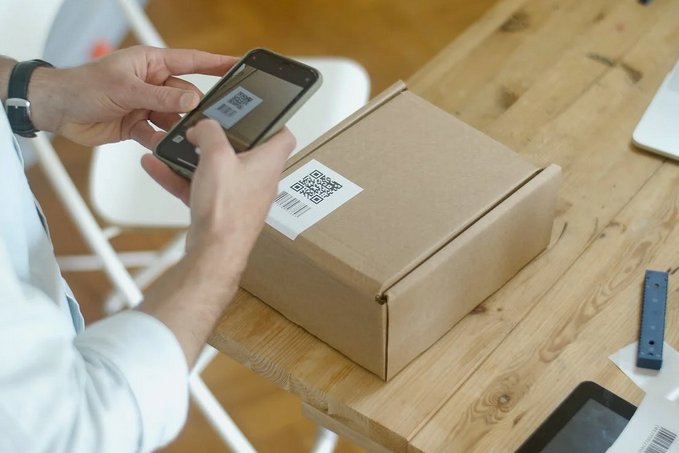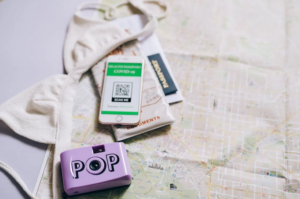How to Avoid QR Code Scanning Pitfalls: Expert Advice for Beginners
QR codes have become ubiquitous in our daily lives, popping up on everything from billboards to product packaging. But did you know that scanning these codes can sometimes put your personal information at risk? Not every code is as friendly as FEED’s QR code or one that leads to your friends’ social media profiles. As a beginner, it’s important to be aware of the potential QR code scanning pitfalls and take steps to protect yourself.
In this post, we’ve gathered expert advice on how to avoid common mistakes and safely navigate the world of QR codes. Below are three things to consider:
Choose the Right App

There are a few things to consider when choosing a QR code scanner. First, consider what type of data you want to decode. QR codes can encode text, URLs, or other data. Any QR code reader will do the job if you wish to decode text. But if you want to decode a URL, you’ll need a reader to handle that data type.
Second, consider how you want to use the data you decode. Some scanners allow you to save the data for later use, while others only let you view it on the screen. Choose a scanner that fits how you want to use the information you collect.
Check for Privacy and Security Settings
Recently, online users have become increasingly concerned about their privacy and security. It is important to check any website’s privacy and security settings before engaging with it or entering any personal information. Look for a privacy policy on the website which outlines its data collection, storage, and usage practices.
Additionally, examine the encryption technology that ensures your data is kept secure while in transit. If everything meets your security demands, you have nothing to worry about.
Use the Correct Camera Settings
 In some cases, the correct camera settings vary depending on the type of photo you are taking and the desired outcome. It is advisable to use a high-resolution setting on your camera. Digital cameras offer a range of resolution settings, usually from low to ultra-high. Generally, a higher resolution setting is best to ensure your images have enough detail and clarity.
In some cases, the correct camera settings vary depending on the type of photo you are taking and the desired outcome. It is advisable to use a high-resolution setting on your camera. Digital cameras offer a range of resolution settings, usually from low to ultra-high. Generally, a higher resolution setting is best to ensure your images have enough detail and clarity.
QR Code Scanning is a great tool for businesses to use to engage with customers, but some pitfalls need to be avoided. Ignoring some of these blunders can lead to costly consequences, hence the need to prevent them. Hopefully, the information above covers enough to help you avoid inconveniences and get the expected results.







